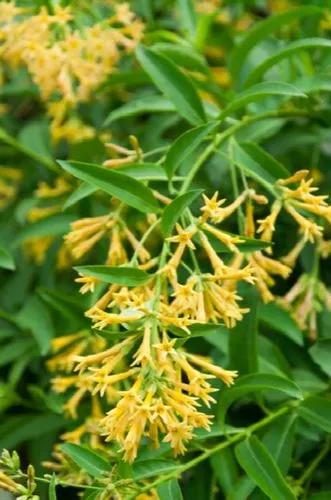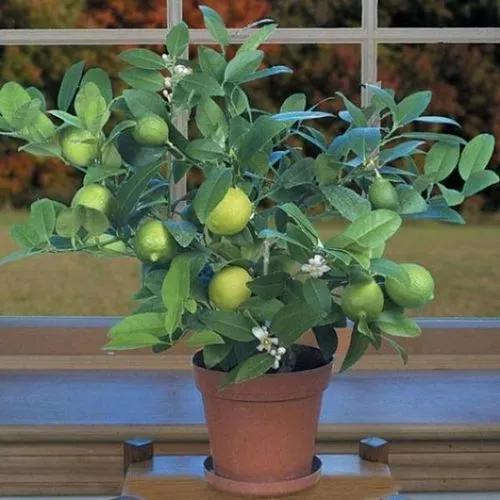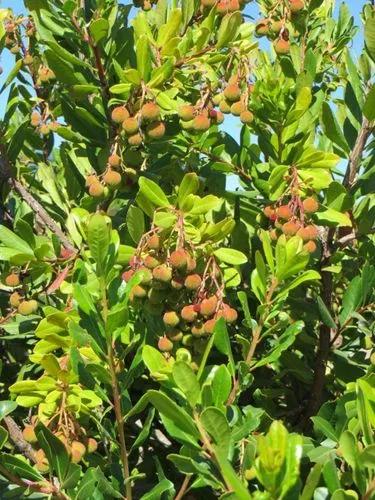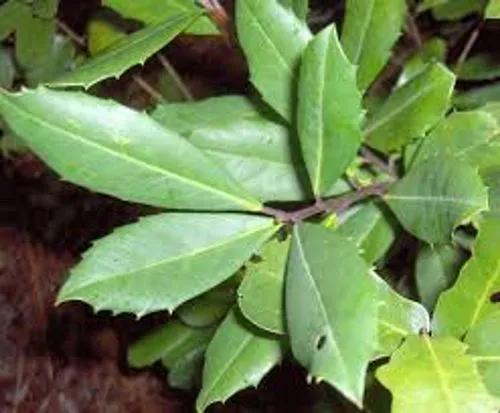A shrubby "Mesemb" (ice plant relative) to 18-24 inches tall from the arid northern Cape of South Africa and into Namibia. Develops a miniature tree-like habit with a gnarled caudex that has smooth reddish bark and small yellow-orange flowers appear in spring through summer.
Mestoklema Care
Mestoklema Copiosum



How to Care for the Plant

Water

However, it is key to remember that Parodias do not like direct sunlight and are accustomed to more even water than many other cacti species. The cactus mustn't be exposed to prolonged dampness and sitting water. Never let your cactus sit in a dish of water. To encourage better flowering, allow the plants to enjoy a cooling period in the winter and dramatically cut back watering. Unlike other cacti species, however, you don't need to stop watering entirely. Lastly, make sure to fertilize during the growing season for the best results.

Pruning

Keep twiggy stems trimmed for best look. Branches cut in Spring or Summer are ideal for use as cuttings. Pot them into a gritty compost, keep them damp, and the pieces should begin to root fairly easily.

Fertilizer

Lastly, make sure to fertilize during the growing season for the best results. Repot as needed, preferably during the warm season. To repot Parodia, make sure the soil is dry before repotting, then gently remove the pot. Knock away the old soil from the roots, making sure to remove any rotted or dead roots in the process. Treat any cuts with a fungicide. Place the plant in its new pot and backfill with potting soil, spreading the roots out as you repot.

Sunlight

Provide bright light

Soil

However, making your own cactus soil mix is also an option and it is easy to do! Mix together three parts potting soil, three parts coarse sand or gravel, and two parts perlite or pumice. Don't use a potting soil mix that contains fertilizers because the fertilizer can burn cacti roots and cause leggy growth

Temperature

Hardy to 32°F.

Container

Succulents and cacti thrive in well draining, porous soils. Gravel or expanded shale can be added to the bottom of the container to help increase drainage. Never let the container sit in a saucer of water. If your container does not have a drainage hole, you will need to water less.
Discover more plants with the list below
Popular articles






